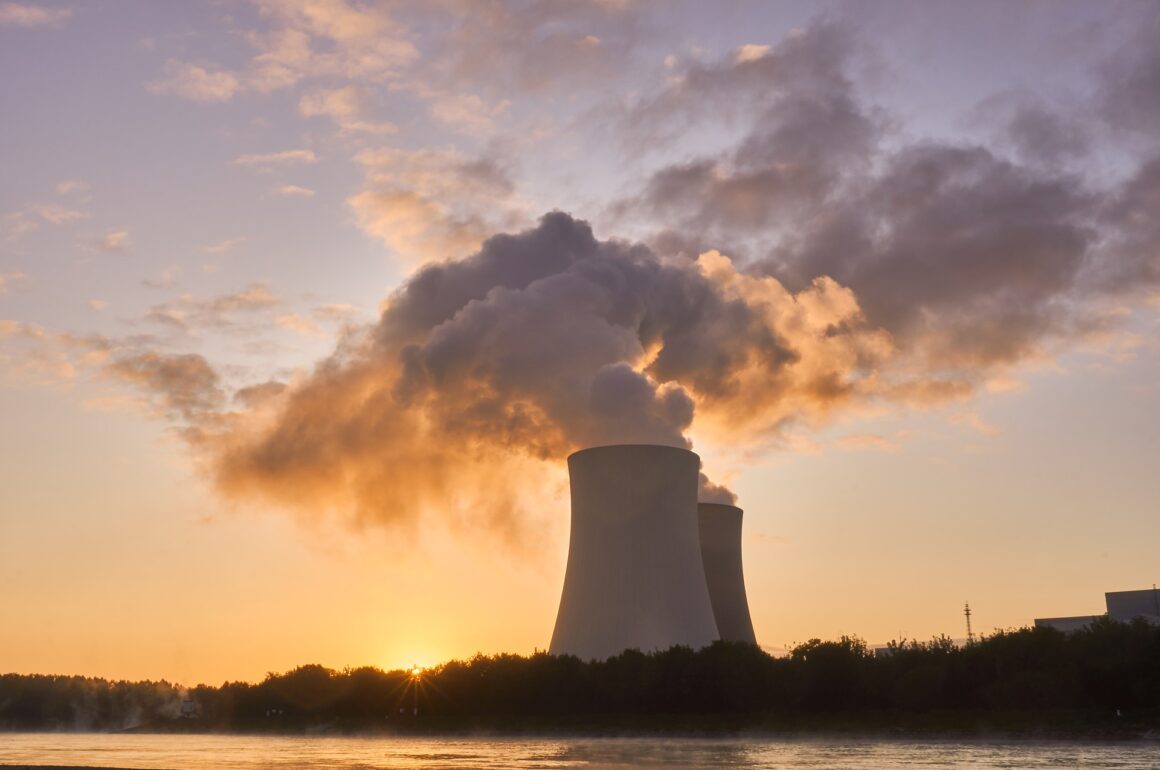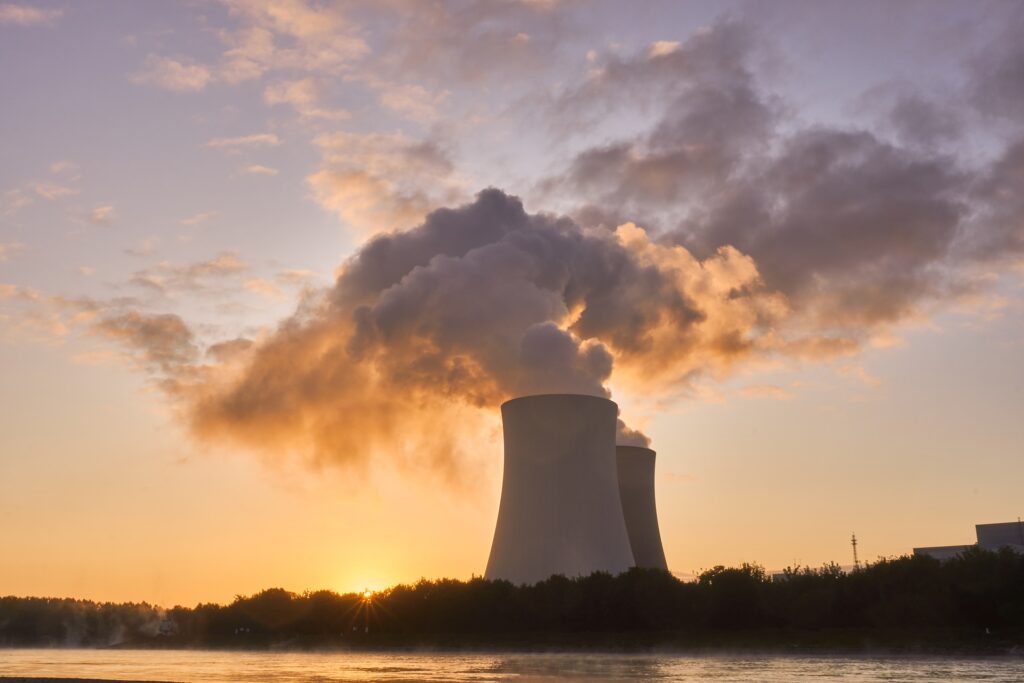

Cooling towers are usually heated exchangers that enable water and air to contact each other as a result lowering the hot water temperature. In other words, less water evaporates while the water temperature is lowered through circulation on the cooling tower. There are two cooling towers namely industrial counterflow and crossflow as we shall discuss in this article.
Counterflow Cooling Towers
How the Counterflow Cooling Towers works is that hot process water is released down on the fill media. It then vertically flows down and drains onto the cold water basin. The air then goes through the lower section of the tower then it flows upwards passing through the flowing water on the fill to cool it down.
It’s worth pointing out that the water passing through the nozzles should be pressurized simply because it flows in the opposite direction as air. So to prevent water backflow into the nozzles, an additional downward thrust is essential. Lastly, counterflow Cooling Towers use pressurized pipes and nozzles which are distributed apart to prevent ant airflow in the tower.
Crossflow Cooling Towers
This particular cooling tower is designed in a way that makes the entire hot water process vertically flow down the fill thanks to the gravitational force. Additionally, the air that flows horizontally typically goes through the water, as a result, cooling it down.
Crossflow cooling towers water only need gravitational force which enables it to flow down the fill and onto the water basin. The towers have basins above the fills which enables even distribution of water.
The distinction between counterflow and crossflow cooling towers
There are numerous distinctions in terms of water flow, tower design, and performance when it comes to counterflow and crossflow cooling towers. Below are some of the primary ones.
Water flow
Counterflow water flows 90° through the airflow path of the cooling towers while the water flow for the crossflow takes a 180° flow path through the cooling towers.
Noise emissions
Counterflow cooling towers are usually noisy due to the falling water on the cold water basin surface. On the other hand, crossflow cooling towers are less noisy when compared to their counterpart. This is because the fill’s bottom surface is in close proximity to the cold water basin.
Design
Counterflow cooling towers have a slightly smaller surface area that requires less ground space when compared to a crossflow cooling tower. However, in terms of height, the crossflow cooling tower is usually shorter due to the vertical design of the fill.
Water pressure
Crossflow cooling towers produce pressurized water and are more electric efficient. However, when it comes to counterflow cooling towers, a pressure pump is necessary if water is to flow through the spray nozzles which then go through the water and air path.
Conclusion
When it comes to crossflow and counterflow usage, your selection entirely depends on your application and the cooling tower’s general performance. Lastly, you can click on the link selection if you want an ideal cooling tower installation that offers you value for money.






